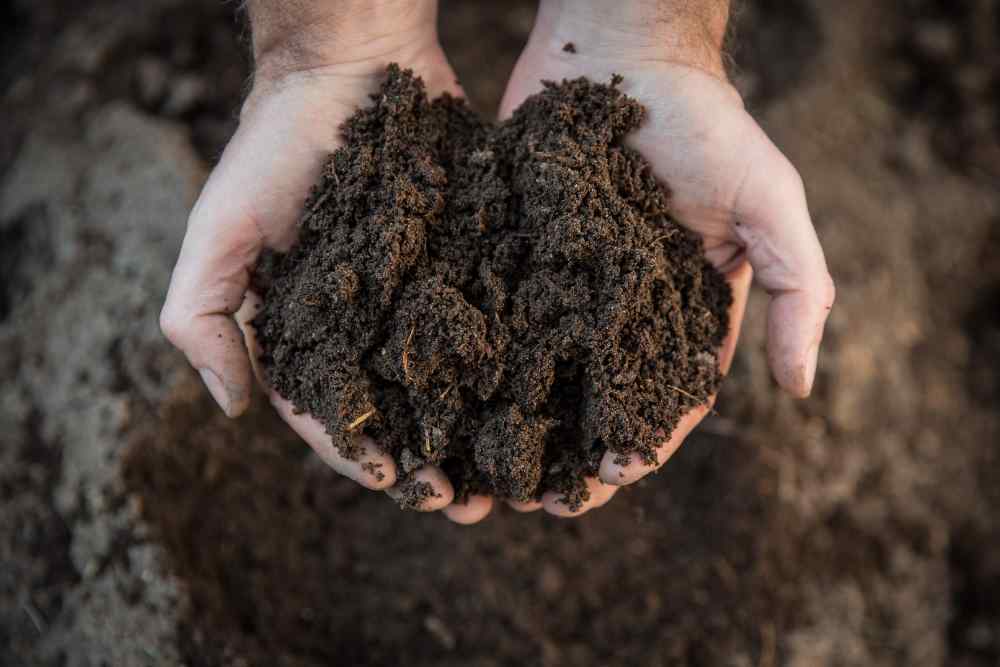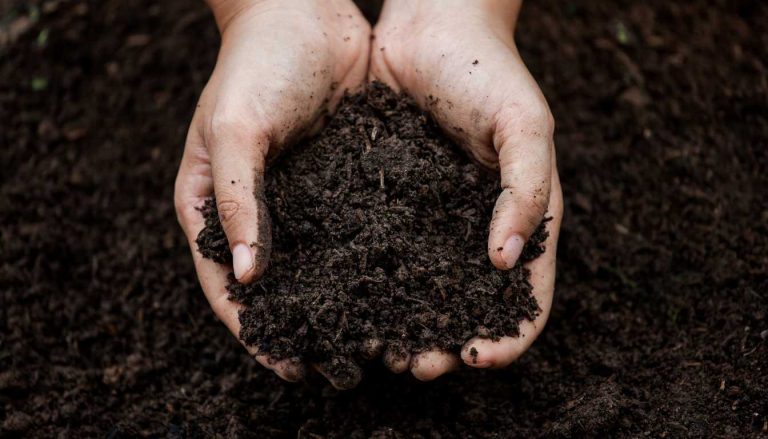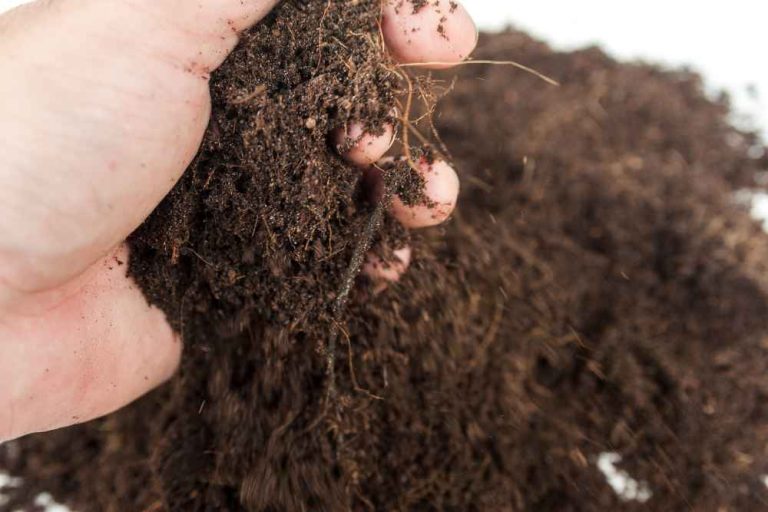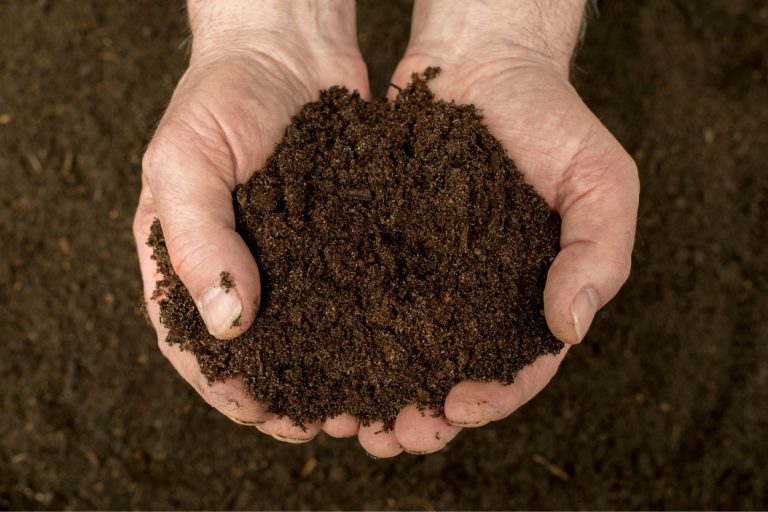How to Keep Soil Moist: A Comprehensive Guide for Gardeners
Soil moisture is essential for plants’ growth. If the soil is too dry, it leads to many problems associated with drought conditions. Moisture levels depend on the soil type. Sandy and loose soil drains quickly and requires frequent irrigation to remain moist. As the heavy clay soil often compacts moisture penetrates poorly. Loam soil is rich in organic matter, so it retains moisture best.
Soil moist can be maintained by mulching, periodic watering, and adding soil amendments that hold water. In the case of potted plants, soil moisture can be affected by exposure to the sun and wind. It can be fixed by changing the plant’s location.
This article will discuss the steps and important things you need to know on how to keep soil moist in your garden and pots. Use these few tips to maximize your watering potential and keep your home garden hydrated.
Boosting Retention with Soil Amendments
Soil amendments are substances that are added to the soil to improve its chemical, physical, and biological properties. Amendments can be organic or inorganic. Organic soil amendments include peat moss, compost, manure, and green manures.
Other than helping to retain water organic matter provides nutrients to plants and reduces erosion by holding onto silt and clay particles. Inorganic amendments include rock phosphate, lime (calcium carbonate), and gypsum (calcium sulfate). The goal of this practice is to create loose soil so water drains away from the plant roots and air can circulate around the roots.
Best Ways to Keep Soil Moist
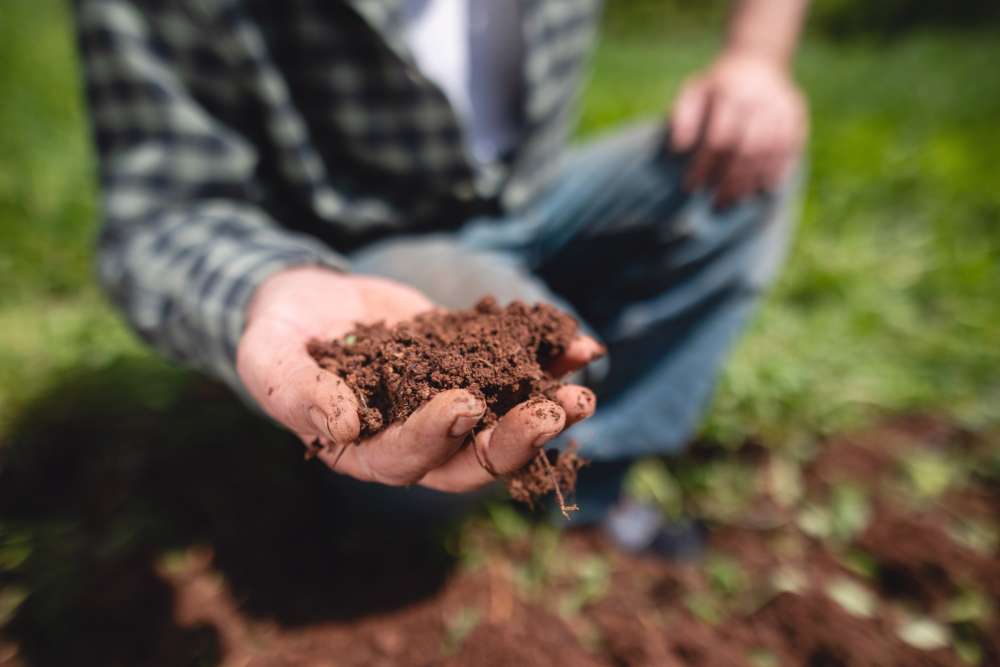
1. Mulching
Mulch shields the soil surface from the sun, which will moderate soil temperature, prevent runoff and evaporation, and help to retain moisture in the soil for longer periods between watering.
Organic Mulch
Mulching is covering your soil with a blanket of organic material such as straw, leaves, shredded paper or cardboard, or bark. For vegetable beds seed-free straw is good. Organic mulch provides an attractive and useful option.
Ornamental beds use shredded bark and pine straw. A 2- to 3-inch mulch layer can help to keep the soil moist. Even though the bed is mulched it still requires irrigation to replenish the moisture in the soil as plants use it.
Inorganic Mulch
As inorganic mulch, plastic and landscape fabric can be used. Fabric mulch is primarily used to prevent weeds. Plastic mulch prevents weeds and retains soil moisture. Rainfall and overhead irrigation can’t penetrate plastic mulch and almost no moisture is lost through evaporation with it.
2. Mix Organic Compost Into Your Soil
Compost will improve soil drainage and water retention, as well as improves the overall nutrient composition of the soil. Spread handfuls of the material over the soil surface, then till or pitchfork the compost into the existing soil.
Rather than potted plants, organic compost is best used in yards or garden beds. Conventional organic compost has a pH of around 7 and contains nutrients that will help your soil. Composting is an excellent way to dispose of organic waste in a natural manner while also providing essential nutrients to your soil.
3. Mix Water-absorbing Materials Into Your Soil
Organic materials, such as coconut coir, peat moss, or even compost, absorb water and hold moisture for plants to utilize during dry spells. Organic material also enhances the soil’s structure, aeration, and overall health, resulting in greater long-term success for your garden.
Watering Your Soil
Water Before Your Plants Wilt – Watering your plants on a regular basis will help them thrive. In other words, water your plants before they wilt! The wilting process is harmful to your plants and reduces their ability to produce fruits or flowers. If you use irrigation, keep an eye on your plants to see if you need to increase your watering frequency. If your plants appear dry and wilted between watering, you should increase the number of times you water per week.
Water Deeply – Watering your soil in the morning can boost water retention. Watering soil when the sun is out will cause it to evaporate quicker, which is why watering it in the morning is better. This will also prevent plants from catching diseases.
Water the soil manually 2-3 times a week. Soil should get 2.5–5.1 cm of water each week. Press your finger 2.5– 5.1 cm into the surface of the soil. If you feel dry under the surface of the soil, you know you need to water the soil more. If you feel your soil is drying out, water it with a watering can or garden hose.
Your soil should feel moist to the touch but not excessively saturated. If your soil is muddy, you’ve overwatered it. On larger lawns, use a garden hose. Remember that different plants will require more or less watering than others. Examine the water requirements of the plants to ensure that you are not giving them too much or too little water.
Use Sprinklers – Instead of watering by hand, use sprinklers. A programmed sprinkler system will allow you to irrigate your soil on a regular schedule. This is particularly important if you are unable to irrigate the soil manually.
Set your sprinkler system to provide the right amount of water to your soil/land. If you observe that the sprinklers are oversaturating the soil, lower their duration or install a water sensor that will switch them off automatically once your soil reaches a specified saturation level. Sprinklers are ineffective when the temperature exceeds 90 °F (32 °C) because the water evaporates before being absorbed by the soil.
Use Drip Irrigation And An Automatic Timer – Water tends to flow off the soil surface rather than being absorbed into the lower layers. As a result, it’s ideal to water slowly, enabling the moisture to soak into the soil and penetrate down to the plants’ roots. Drip irrigation pipes installed beneath the plastic provide the essential moisture, while plants grow through holes cut in the material. As little moisture is wasted, plastic mulched beds often require less irrigation to keep moist.
Drip irrigation systems provide consistent moisture. A drip irrigation system is made up of tubes that are linked to a water supply. Because the water is distributed directly to the soil, this method is usually more effective than using a sprinkler system. It’s better to hire a professional to install the system, or buy a drip irrigation kit and assemble it yourself.
If your plants are suffering from various leaf diseases, drip irrigation may help to prevent these diseases by keeping the leaves dry. Drip lines are available at nurseries and home centers, as it provides effective irrigation. You can use an automatic timer to water your garden.
Check Your Weekly Watering Number – The Weekly Watering Number is the amount of water your lawn will require in inches that week. By following these general recommendations, you can also use the Weekly Watering Number (WWN) to water various types of plants.
- Shrubs: 50% of the WWN
- Perennials: 50% of the WWN
- Vegetables: 75% of the WWN (new starts may require more water)
- Trees: Newly planted trees require regular watering for up to the first few years, while mature trees may need a deep soak or two in summer.
Make sure to check with your local garden center or landscape professional for more information that is specific on how much water your plant needs.
Preventing Water Evaporation Without Amendments
Eliminate Weeds – Weeding is also a good moisture-saving technique. Weeds slurp up water that your favorite plants could otherwise utilize. When you weed a bed, any truly eliminated specimens often desiccate in the sun, with some of that moisture benefiting the surrounding ecosystem. If you’re concerned about weeds re-rooting and re-emerging as even stronger weeds, place all of the organic materials you’ve weeded into a compost bin, where the moisture will aid in the process of converting everything into useful future soil.
Controlling Wind and Sunlight Exposure – When plants are placed in windy places, the moisture in the soil dries out quickly. Stronger wind faster the soil drying. When potted plants are put in more shaded settings, they can significantly slow the rate at which the soil dries. Garden plants can also be protected by placing them near larger trees that can block the wind or by constructing windbreaks.
Sunlight, on the other hand, immediately contributes heat to the soil when it is exposed. With heat, especially from the sun, the rate of water evaporation increases dramatically. A simple mulch layer can shade the soil from heat and conserve moisture that would otherwise evaporate for both garden and potted plants.
Choose Plants That Fit Your Environment – Many of us choose plants based on what we like and what looks nice, but some of those species will be difficult to cultivate in a hot, dry area. Instead, choose plants that can already survive and thrive in hot, dry environments, and your watering efforts will be less difficult. The techniques described above are still applicable, but they will perform much better and produce a more vibrant garden if the plants in the garden are already accustomed to the challenges of dry soil.
How To Keep Indoor Plant Soil Moist
Ferns, prayer plants, anthuriums, the majority of alocasias, peace lilies, many begonias, and many orchids are among the indoor plants that require consistent moisture. Many indoor plants that prefer a constant water level can tolerate short periods of drying out. If not maintained soil moist properly, some plants, like anthuriums, will quickly decay.

A moisture meter is an inexpensive tool. It measures the moisture content of your potting mix. Typically, a scale from 1 to 10 is used to quantify moisture content. The plant can be watered as soon as its moisture content reaches a 3. Water your soil properly to help a plant stay within the moist range from 4-6. The material your plant’s pot is made from helps to increase or decrease moisture levels in the potting soil.
Clay pots (like terracotta) that are unglazed are porous and take water out of the potting mix. Cement pots absorb water from the potting mix as well (unless glazed). These are ideal for plants that need to dry off quickly. Because plastic or glazed pots lack this wicking capacity, potting mixtures remain wet or moist for longer periods of time.
- 29 Bucket Gardening Ideas for a Lush, Compact Garden - October 30, 2024
- 20+ Chic Boho Bedroom Ideas for a Cozy and Stylish Retreat - June 20, 2024
- 12+ Modern Boho Living Room Ideas to Create a Unique Oasis - June 10, 2024

